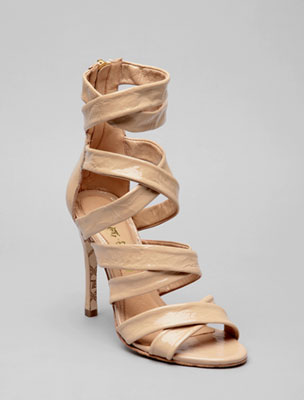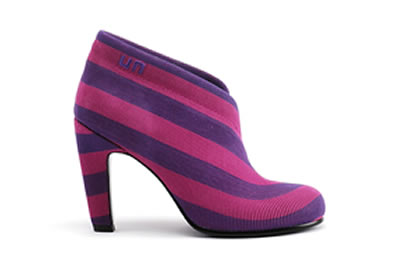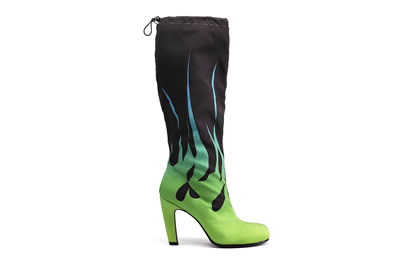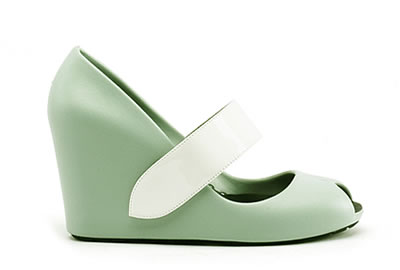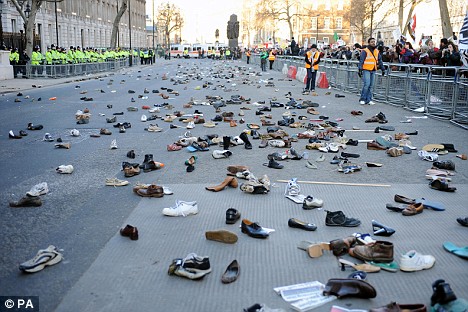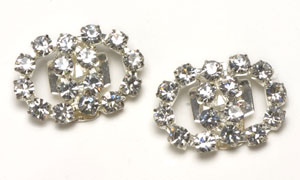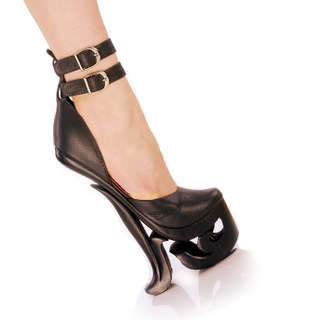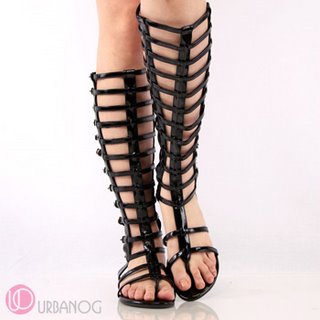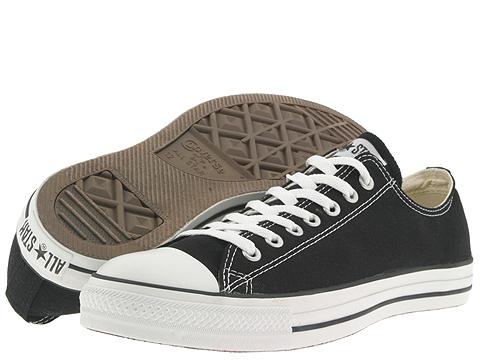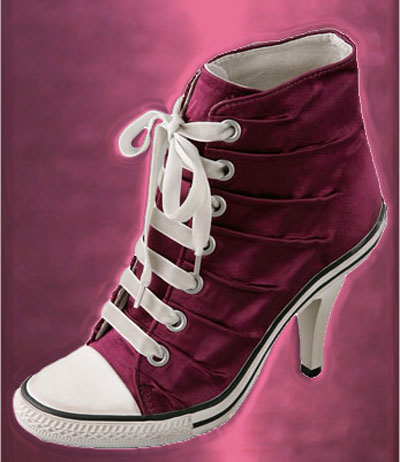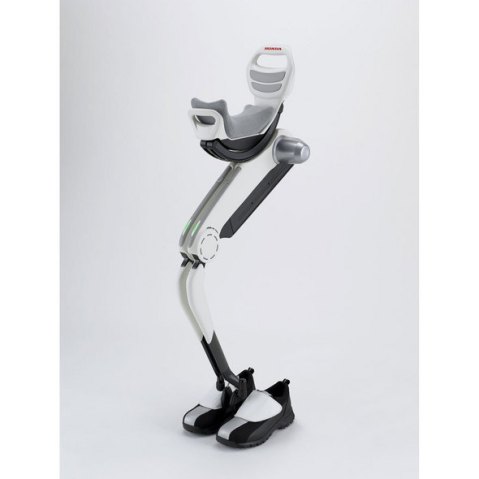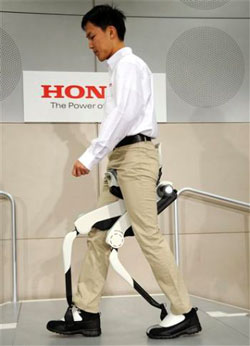We started this shoe journey by looking at the argument for barefoot living. Many people are choosing to abandon their shoes in favour of healthy feet, even in cities such as New York. Others opt for barefoot shoes, which provide feet with a measure of protection while also providing the illusion of bare-footedness. The arguments for and against living barefoot focus primarily on the benefits that each has to offer for your feet. Pro-bare-footers feel that shoes hamper the natural action of feet and actually cause damage, while those who are pro-shoes (largely of a scientific mien) argue that shoes are designed with specific protective purposes.
Rick Rober is a bare-footer (bare-footist?) who has been running barefoot for the last five odd years, and that includes 40 marathons. He started running barefoot when his knees starting giving him trouble. Knees are often the first things to go among professional and amateur runners and Rober thinks that this is because people run “stupid”. Worried that some form of surgery was on the horizon, Rober read about another barefoot marathon runner and decided to give it a go. And it stuck.
In an NY Times article, Rober said, “Running shoes give you this false sense of security. They have so much padding you think you can run as hard as you want, and then they start breaking down. But smaller, quicker steps are better for your legs.” He believes that running shoes encourage over-striding, which increases the impact to your heels and causes “blunt-force trauma up the shin and calf” up to the knee. Shorter strides, adopted by barefoot runners, displace the impact around the foot and limit the damage that travels up your legs.
His argument is counted by Dr Lewis Maharam, a sports medicine specialist and medical director of the NY City Marathon. Dr Maharam says that running without shoes does more harm than good because barefoot runners don’t have any control over their foot strike. He allows that running barefoot a couple of times a week for short distances only can have some beneficial effect by strengthening foot muscles, but that you need good running shoes in order to address biomechanical issues.
But Rober isn’t having any of it. He’s found a method that works for him and that he believes has eased his knee problems. And with 558 consecutives days of running barefoot, one would be hard pressed to convince him, and many others, otherwise. According to Rober, conditioning the soles is the most important thing to keep in mind when discarding your shoes. He recommends that beginners start off on grass and gradually move to harder, more abrasive surfaces. His feet are not pretty much perfectly conditioned, and Rober says that they resemble “moccasin leather”, but aren’t unsightly.
An article on sportsci.org seems to support Rober and his theories barefoot running. After some research it was found that running in shoes has the potential to increase the risk of ankle sprains, as well as injuries to the lower leg. Running barefoot, however, reduced oxygen consumption and improved energy efficiency.
In runtheplant.com Gordon Pirie is quoted as saying:
“There is no point in running large distances until the athlete has learned to run correctly. I cannot emphasize this point enough. An athlete who runs correctly can train hard for years without any time lost to stress-related injuries. I have trained very hard for 45 years and have suffered only two or three injuries which have stopped me from training. My longevity is a direct result of paying close attention to the way I run, and what I put on my feet”
Whether you choose to run shod or barefoot, the most important thing to do is ensure that you learn to run properly. Most of us run perfectly well when we are children, largely because we run barefoot and our feet haven’t been conditioned to shoes. As we grow up we start to wear shoes more often than not and our feet adapt to their semi-permanent casings, which can teach us bad habits, such running heel first. Runtheplant argues that the basic design of our feet dictates that we land on the ball of the foot when running and that this propels forward movement, while land on our heels actually break the natural running movement and slows us down. Landing heel first also unnecessarily increases the impact to joints, tendons and muscles.
The bottom line is, get up from your couch, leave your screen (be it computer or television) behind and get active.
(additional barefoot running blogs:
